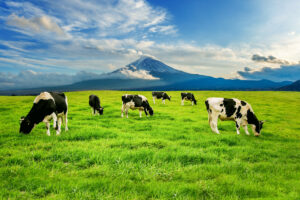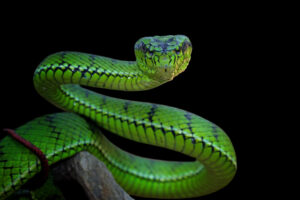The Health of Lions: Understanding the Kings of the Jungle
The Health of Lions: Understanding the Kings of the Jungle
Lions (Panthera leo), often referred to as the kings of the jungle, are majestic big cats that play a crucial role in their ecosystems. Understanding their health is essential not only for their survival but also for maintaining the balance of the ecosystems they inhabit. This article explores the health aspects of lions, common health issues they face, and conservation efforts aimed at protecting them.
1. Physiological Health of Lions
-
Diet and Nutrition: Lions are carnivorous animals primarily feeding on large herbivores like zebras, buffaloes, and wildebeests. A balanced diet is crucial for their overall health. In the wild, they hunt in groups (prides) to take down prey, ensuring that they receive adequate nutrition.
-
Hydration: Access to clean water is vital for lions, as they can become dehydrated, especially in hot climates. Healthy lions typically drink water every few days, obtaining some moisture from their prey.
-
Body Condition: Healthy lions exhibit a well-defined muscle structure and a healthy weight. Signs of good health include a shiny coat, clear eyes, and active behavior.
2. Common Health Issues
-
Infectious Diseases: Lions are susceptible to various diseases, including:
- Canine Distemper Virus (CDV): This viral disease can devastate lion populations, particularly in areas where domestic dogs are present.
- Feline Immunodeficiency Virus (FIV): Similar to HIV in humans, FIV can compromise the immune system of infected lions, making them more vulnerable to other infections.
- Bacterial Infections: Injuries from fights, hunting, or environmental hazards can lead to bacterial infections, which may require veterinary intervention.
-
Parasites: Lions can be hosts to various parasites, including ticks, fleas, and intestinal worms. These parasites can lead to anemia, weight loss, and other health complications.
-
Genetic Disorders: Inbreeding within isolated populations can lead to genetic disorders, reducing overall health and fitness. Conservation efforts often focus on genetic diversity to mitigate these risks.
3. Impact of Human Activity
-
Habitat Loss: Human encroachment on lion habitats for agriculture, urban development, and infrastructure can lead to habitat fragmentation and loss, negatively affecting lion populations.
-
Conflict with Humans: As lions venture into human settlements in search of prey, conflicts can arise, leading to retaliatory killings by farmers and ranchers. This human-wildlife conflict poses a significant threat to lion populations.
-
Poaching and Trophy Hunting: Illegal poaching for body parts and trophy hunting can significantly reduce lion numbers. Conservationists advocate for strict regulations and protections to safeguard these majestic animals.
4. Conservation Efforts
-
Protected Areas: Establishing and maintaining protected areas, such as national parks and wildlife reserves, is crucial for the conservation of lion populations. These areas provide safe habitats for lions to thrive and reproduce.
-
Community Involvement: Engaging local communities in conservation efforts is essential. Programs that promote coexistence between lions and humans, such as compensation for livestock losses, can help reduce human-wildlife conflicts.
-
Research and Monitoring: Ongoing research and monitoring of lion populations are vital for understanding their health, behavior, and genetics. Conservationists use technology such as GPS collars to track lion movements and gather data.
-
Education and Awareness: Raising awareness about the importance of lions in ecosystems and the threats they face is crucial for garnering support for conservation initiatives.
Conclusion
Lions are not only iconic symbols of strength and majesty but also vital components of their ecosystems. Understanding their health and the challenges they face is essential for effective conservation efforts. By addressing health issues, protecting habitats, and promoting coexistence with human populations, we can ensure that future generations continue to admire these magnificent creatures in the wild.














1 comment